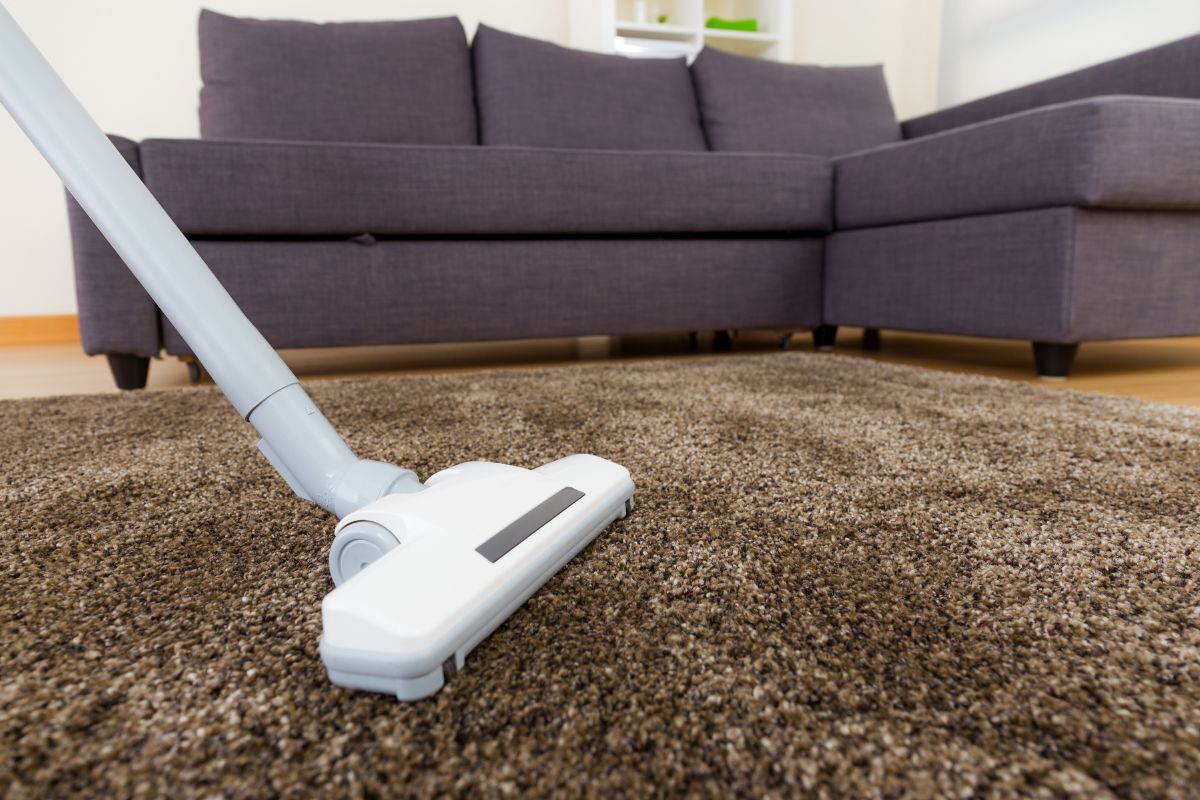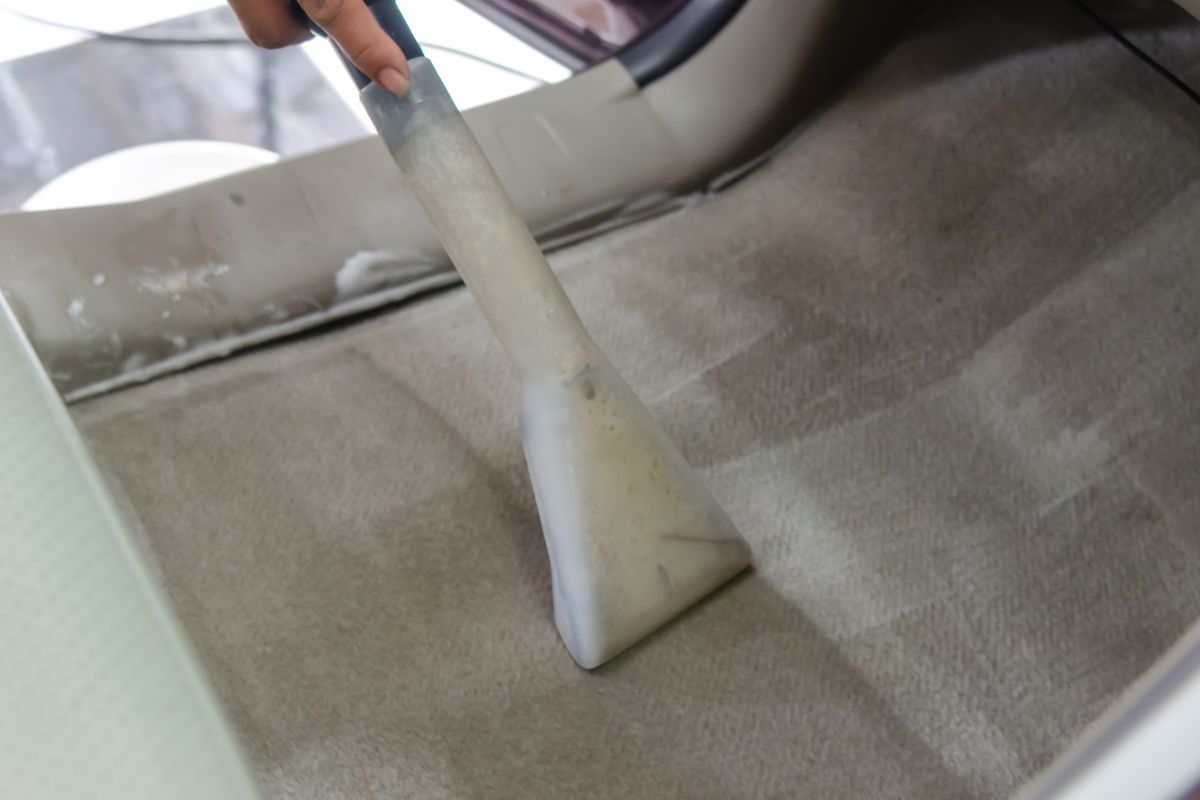Bissell vacuums are a super handy cleaning item to own, it makes the simple handheld brush and dustpan look like yesterday’s news. But what happens when the vacuum stops suctioning?
Bissell has been keeping homes clean for almost 150 years, so the brand has quite a lot of experience when it comes to making good cleaning products and you can be sure that it’ll do a good job of cleaning your home.
But with every electrical device, there’s obviously a possibility of something breaking or becoming faulty within the item itself, and the vacuum is no exception to that.
When the vacuum isn’t suctioning well, or at all, this makes cleaning your home even more difficult and it can be quite an inconvenience.
You’ll be pleased to know that the reason your Bissell vacuum isn’t suctioning may be a quick fix that can be sorted in seconds, so with that in mind we will be discussing the most common issues in a vacuum that can stop it suctioning and how you can fix it.
Common Reasons Your Bissell Vacuum Isn’t Suctioning
We’re going to list some common reasons that may be preventing your vacuum from suctioning, and some solutions so that your vacuum is ready to clean your home again in no time.
1. Blocked Brush Roll
On your Bissell vacuum, you’ll have a brush roll that is used to loosen debris from the surface you’re vacuuming in order for the vacuum to be able to suck it up more efficiently.
It’s useful for the most part, but the debris it loosens can end up getting clogged in the brush roll and it will stop it from spinning, this can stop the vacuum from suctioning effectively too.
The Solution
Make sure to unplug your Bissell vacuum first and then remove the brush roll. Try to feel around the brush roll for any debris that might be stopping it from spinning, if you can feel any remove it and place it in the trash.
Then, replace the brush roll and your vacuum should be good to start suctioning again.
2. It Is On The Incorrect Setting
Another reason that your vacuum isn’t suctioning may be as simple as you not having it on the correct setting, this will all depend on the model of Bissell Vacuum that you own.
The Solution
The solution is quite a simple one, just turn the vacuum suction knob (it may have a different name on your model of vacuum) towards “floor suction” and it should help your vacuum to start suctioning again if that was the issue.

3. Clogged Filter
Most Bissell vacuums will have a filter that traps dirt and debris from many surfaces. The suction will then draw in dust along with air and traps this within the filter.
If the filter isn’t cleaned on a regular basis, then this can reduce the vacuum’s efficiency and in time lead it to stop working.
This is actually regarded as the number one reason why Bissell vacuums lose their suction, so it’s best to ensure that your filter is properly cleaned regularly.
There is an array of Bissell vacuum cleaners out there, but every Bissell vacuum cleaner will each contain many different types of filters, which include:
– Inner Circular Filters: These are attached and located after the canister
– Outer Circular Filters: These are attached and located after the canister
– Pre-motor Filters: These are found right before the air flows through the motor
– Post-motor Filters: This is placed after the motor when the pre-motor isn’t doing its job sufficiently. It can easily be detached, so it makes it easy to clean.
– Built-In Filters: Bissell vacuums usually have this filter present to ensure complete efficient cleanliness
The combination of all these filters guarantees that every piece of debris you are vacuuming up will be removed from the surface.
So in not cleaning these filters, the dust and debris will keep piling up until there’s no room left for the dust to be suctioned on to.
The Solution
Simply cleaning the filter will restore the vacuum’s suction, but if you’re unsure how to do it right, here’s how.
Make sure to turn the vacuum off and then remove the canister.
Separate the circular filters and make sure that there’s no debris inside, once you’ve done this move on to the pre and post-motor filters and finally the built-in filter.
Remove the dust and debris from the filters either using your fingers or a soft brush. Next, you’ll want to wash the filters with some warm water, once they’ve been washed leave them out to dry.
Make sure that they’re fully dry before you put them back into the vacuum.
Bissell recommends that you replace the filters every 6 months to keep your vacuum working efficiently.
4. Obstruction Or Damage In The Hose
The hose might be the most important component on a vacuum, it will connect to a port and suction the air from the other end, without it you wouldn’t be able to use the vacuum.
You can usually see right the way through it, so it’s easy to see if there’s anything obstructing it. If you can’t see anything try shining a flashlight through the hose.
To find if there’s any damage or a split in the hose, run your hand over the hose to feel if there’s any openings or damage, you can try to spot any splits too, and this can be done whilst you’re vacuuming to try to feel any airflow coming through the sides of the hose.
The Solution
Put a blunt object through the hose that is long enough to reach the end of it, this will push an obstruction out. If the hose is damaged or split, you’ll need to replace the vacuum hose completely to ensure you have proper suction.
When reattaching the hose to the vacuum, make sure that it is completely on. Having an improperly connected hose can cause ineffective suction.

